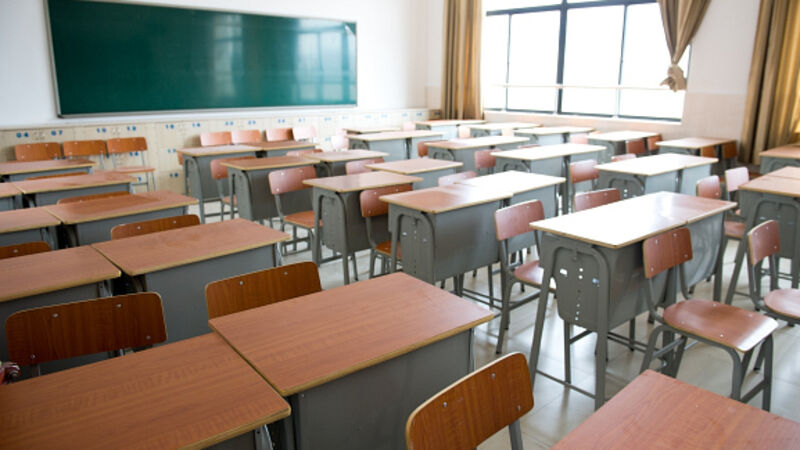Strong gender distinctions at schools

The research for the Arts Council on children’s participation in arts and culture found strong distinctions between gender. Girls are much more likely to take art and music as second-level subjects, but there could be influences in schools much earlier on.
All-girls’ schools are more likely to provide cultural activities outside normal school time, according to the study by ESRI research professor Emer Smyth.
She found children at schools with a stronger emphasis on cultural activities are more involved in such activities outside school. They are more likely to take part in music, dance or drama lessons, and to read at home.
Access to different types of after-school cultural activities depends largely on a school’s gender mix. For example, choirs are available in 80% to 90% of all-girls and mixed second-level schools, but at just half of all-boys’ schools.
Only 4% of boys’ schools provide dance lessons, compared to 55% of girls’ schools, but lessons are far more likely to be offered at DEIS schools.
There was a narrower gap when it came to learning musical instruments, but the 57% of boys at single-sex schools with access compares to 67% at all-girls and mixed schools.
With patterns of cultural engagement established from an early age, Ms Smyth said the expansion of free preschool to two years this autumn offers huge potential for early years education to become an important avenue for access to the arts.
“It is important that staff are supported through professional development in this domain and that activities are presented in such a way as to challenge stereotyping on the basis of gender or other background factors,” her report said.
Nearly 90% of five-year-olds attend primary schools where extra-curricular team sports are provided: around 75% have access to music or dance after school, and half have access to after-school drama, or arts and crafts. But the headline figures mask differences between schools, as smaller schools are much less likely to offer any of these as extra- curricular activities.
The report said this indicates the importance of linking school and community arts initiatives, while the high levels of library use among families with young children suggest they could be used to promote cultural engagement.









